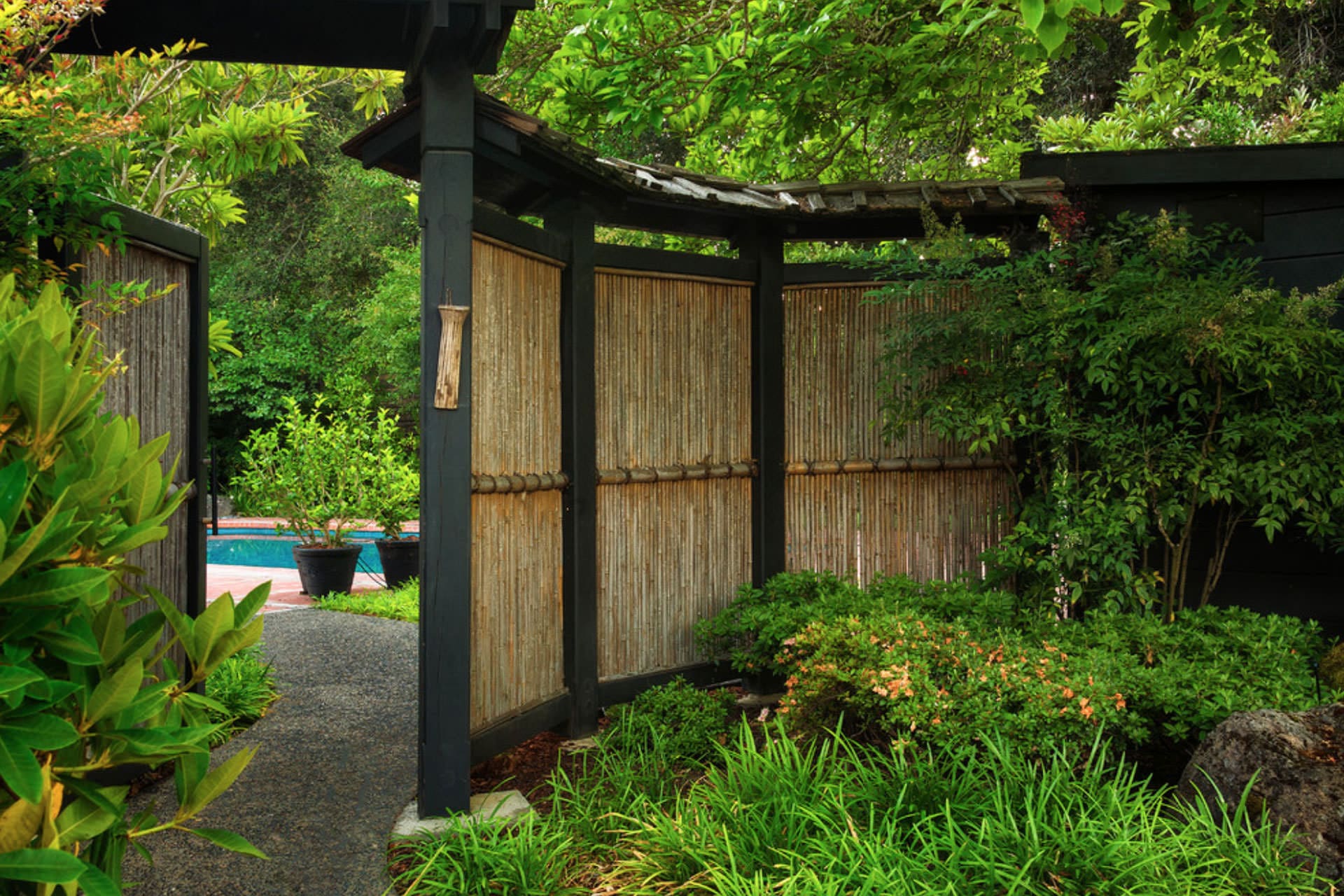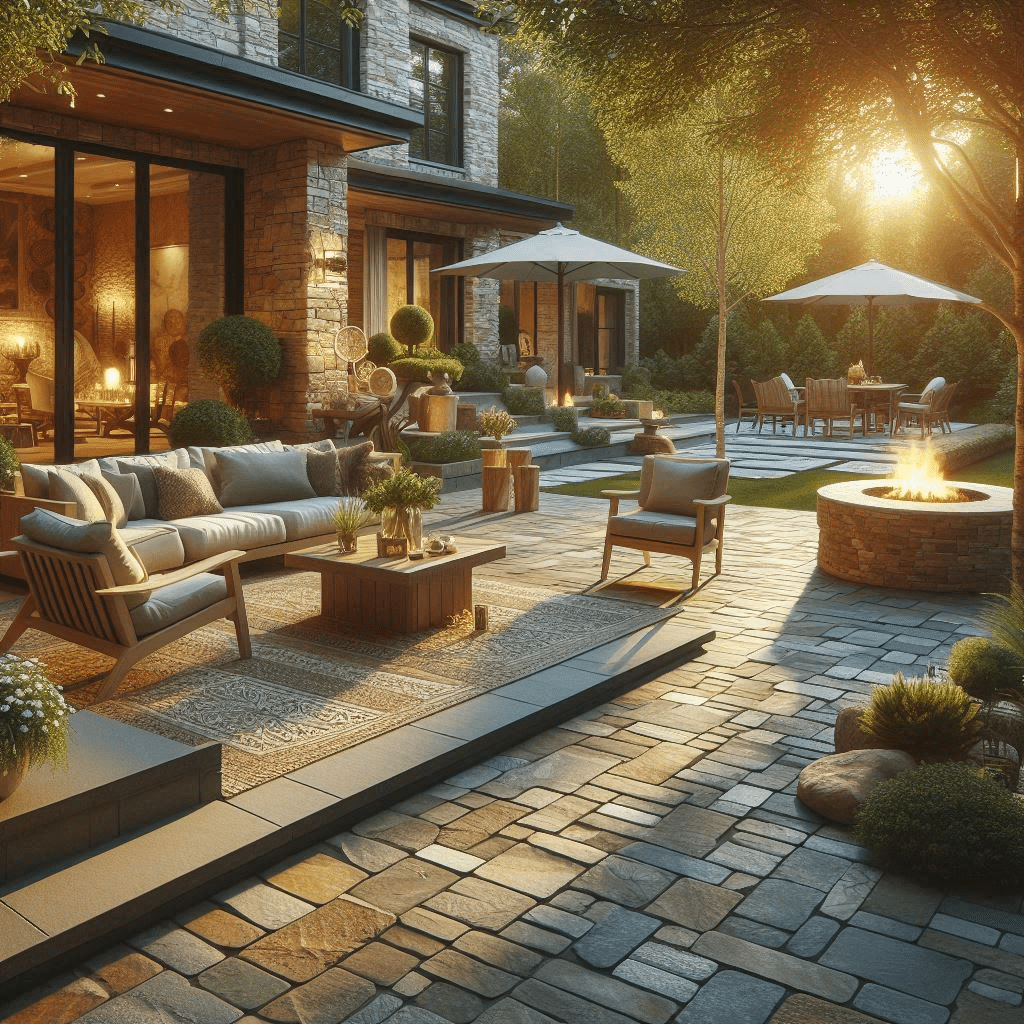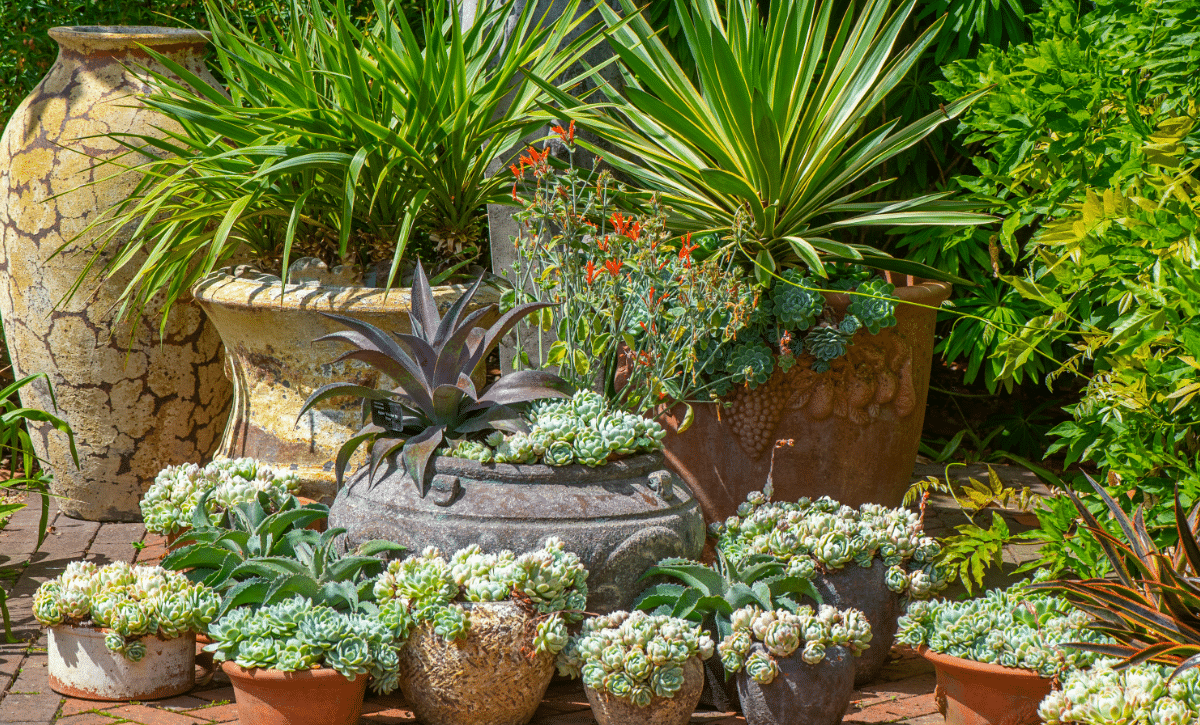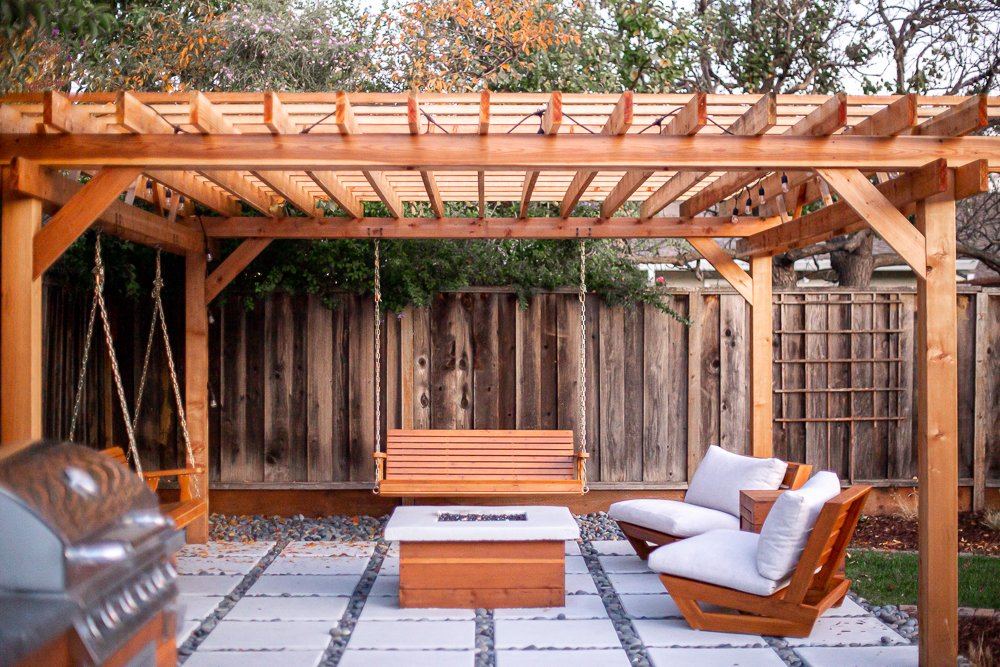How To Screen Your Garden Space
Maintaining a sense of privacy and security is paramount for you to enjoy your garden at your own leisure, away from the prying eyes of nosy neighbours. But what’s the best way to screen your garden space? From different types of fencing to creative hedgerows and metal cut out screens, there are many ways to successfully partition your space, depending on the design ambitions of your outdoor project. In this article, we will outline the many different options available to help you screen your garden space, as well as highlighting both the advantages and disadvantages of the materials, to help you to determine what’s right for your space. Let’s take a look…
Timber Fencing
Traditional timber remains the most popular type of fencing for your space, due to the naturalistic, rustic look of the material, that allows it to seamlessly blend in with the rest of your garden planting. Timber can also be painted, so it can perfectly match any colour themes you have implemented into your design. The other more practical advantages of timber fencing is that it normally comes supplied in panels, for ease of installation, and is relatively cheap when compared to other alternative materials.
However, it is important to bear in mind that timber is more susceptible to damage because of weathering. The naturally permeable surface can cause the individual fencing panels to rot, warp and splinter over time. You will need to stain and treat your fencing panels to preserve it, which can be incredibly time consuming, not to mention an extra expense beyond the initial costs of installation. Similarly, timber can break when subject to strong external pressure – a neighbour’s child kicking a ball against it, for example, or high winds uprooting it from its foundations. Though timber may be quick and easy to replace should any of these breakages occur, it can be a high maintenance material to keep it looking its best.
Concrete Fencing
Concrete, in contrast to timber is a much sturdier option when creating fencing. Again, like timber fencing, concrete has the advantage of normally coming supplied in full panels, but unlike timber, is far more long-lasting, and less likely to be damaged or uprooted because of weathering. Concrete also will not fade when exposed to UV, unlike natural timber. You can also paint concrete, providing you have properly prepared the material prior to adding colour.
Visually however, concrete fencing is arguably less interesting than natural timber, as the flat, uniform panels can appear drab and lifeless when compared to the textures of wood fencing. There are examples on the market where a fake stone or brickwork texture has been added to the surface of the concrete, though this is far from perfect, and can appear incredibly artificial.
Creative Planting
For a more natural aesthetic to concrete and even timber, you can create your own garden border with creative planting. For example, hedge laying is a fantastic way to achieve a rustic, countryside-inspired design for your garden, simply by slightly cutting the stems of small trees and weaving them between each other. The completed border will then be a “living fence,” and you can take inspiration from the many styles of hedge laying available. We recommend trying to emulate the hedge laying design most prevalent in your local area.
Beyond hedge laying, there are many other ways you can implement planting around your garden perimeter to ensure a sense of privacy and peace. Thick, dense topiary hedges create a brilliant privacy screen, that can last even during the winter months. You can grow trees in front of your fencing that grow beyond the top of your fence, to further shield you away from any curious neighbours. Vertical planting too, can provide a sense of anonymity for your space, especially if effectively paired with some kind of outdoor canopy, such as a timber pergola.
Composite Fencing
With most kinds of fencing, there is often a decision you must make about whether you value the long life of your fencing over how the fencing looks. Though timber and hedgerows look visually impressive, retaining that oft-desired naturalistic look, they are less structurally sound than a concrete fence or a brick wall. Conversely, a concrete or brick wall will have that strength, but may not provide much in terms of looks. So how do you choose? Do you go for a long-life border that appears boring and uninteresting, or a weaker fence that looks great?
Thankfully, with composite fencing, you can relax safe in the knowledge that your fencing is built to last whilst still looking fantastic. Composite fence post sleeves fit over a metal support, ensuring a long-lasting structural integrity. Some composite fencing is even modular, and component based, allowing the homeowner the opportunity to retrofit and rejuvenate pre-existing timber and concrete posts. With many colours and textures available on the market, with composite, it’s never been simpler to design fencing to match your space, and other composite decking, cladding and balustrade schemes.
Metal Screens
If you deem any of the fencing panels you choose to be visually uninspiring, you can breathe a new sense of life into them by adorning them with high-quality cut-out metal screens. These can give a more flat, uninspiring surface a much-needed texture and injection of vibrancy, taking design cues from Japanese indoor screening. These screens can be easily fixed into position onto any flat, hard surface. Some designers opt to use outdoor lighting with metal screens, to create a 3D effect, and to make eye-catching shadows across your lawn space.
Some composite fencing options even allow you the ability to slot metal screens into place at the top of the panel, with the parts supplied as separate individual components designed in conjunction with a full, complete fencing solution. Metal screens can be bought in a wide range of different cut out designs, in a variety of colours, with some understated and simplistic, and others more intricate and complex. Screens also serve the functional purpose of allowing lighter and airflow into your garden space, whilst still providing that all-important sense of privacy.







